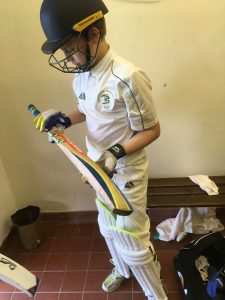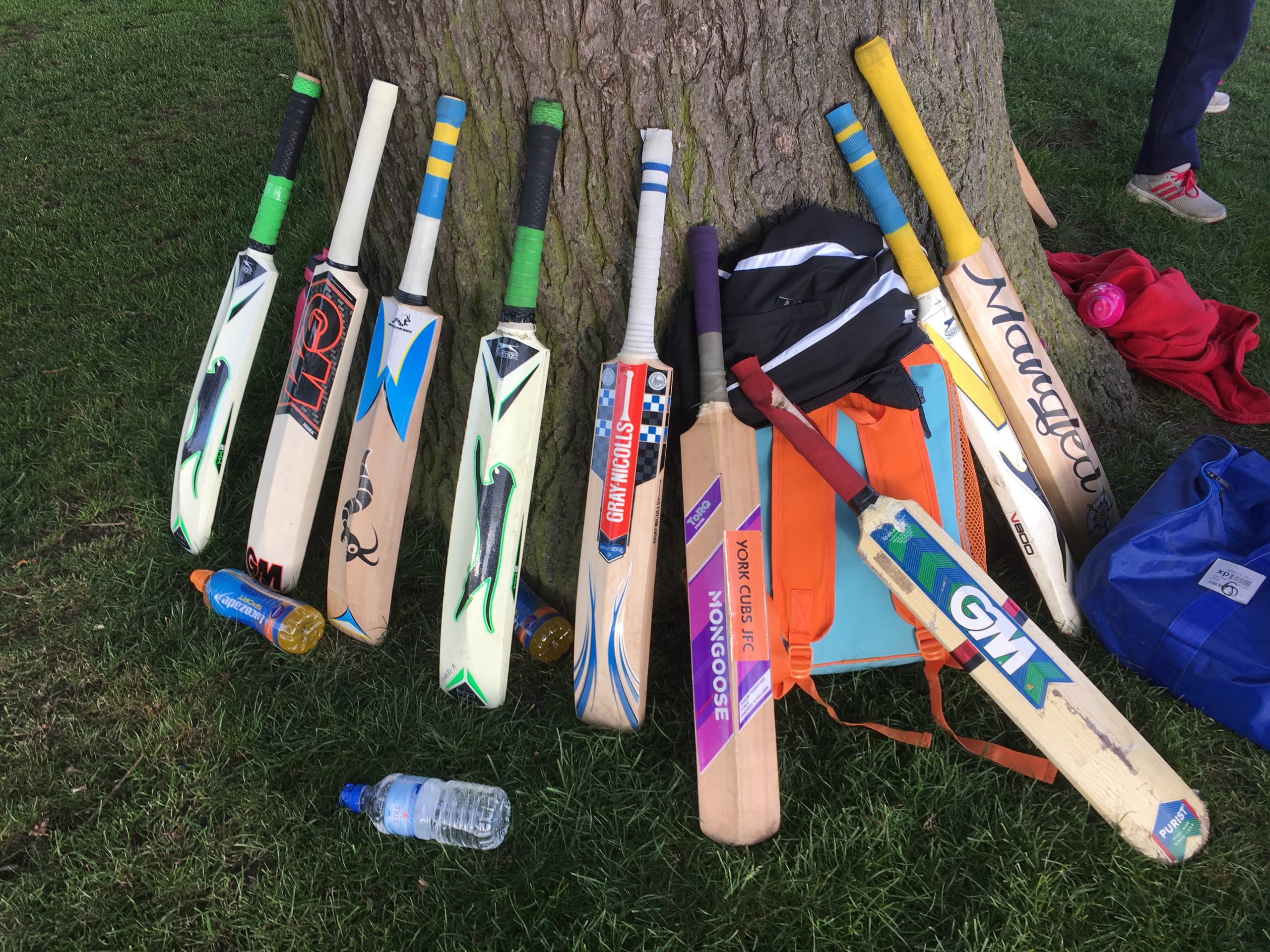One of the biggest things I struggle with as a cricket coach is how to make a games-based approach work in my coaching.
As I’ve written elsewhere, there’s nothing wrong with practising in the nets. But for young players, or kids who aren’t necessarily that into cricket, it’s often not the most inspiring use of their time.
So when the Yorkshire Cricket Board offered a CPD session with cricket coach, coaching mentor and ECB coach developer Tony Robson titled “Can we have a game please mister?” I signed up straightaway.
Most cricket practise doesn’t look like the game
As Tony pointed out in the Zoom session I attended, most cricket practice doesn’t look like the game you see on the telly or at your local club or school. As soon as kids have mastered a basic technique batting and bowling is practised almost exclusively in the nets. Fielding “drills” are done away from the nets but tend to be variations on different catching and throwing exercises.
And for many kids, that’s just not fun. For young cricket badgers, who have already got a passion for the game and a desire to get better, nets and fielding drills might be fine. But for kids who just want to have fun with their mates, or who are there because their parents have dropped them off so they’ve got an hour to do the weekly shop, that might not be enjoyable.
Those kids might never get better at cricket. They might never fall in love with the game. But, as Tony pointed out, if they don’t come back next week then they definitely won’t.
So our challenge as coaches, especially with those mixed groups, is to make our training sessions as fun as possible for kids of all shapes and sizes. Because as long as the kids come, and as long as they enjoy it, they will get better at the game.
Connecting practice to the game
The trick, in Tony’s view, is to set up every practice so that the players can connect it to the actual game. That might need some imagination.

But it can be very simple. For example, marking out a 2-metre square in front of the batsman in a net, and asking them to choose one side of the square.
The batter then scores 1 run for each shot they play through any side of the square. But they score 4 runs for playing through their chosen side.
As a coach, you then share the scoring system with the bowler. And, hey presto: you’ve got a scenario that can be related to the game.
Say the batsman picks the leg side of the square as his “four” shot. That’s analogous to the bowler having, say, a 6-3 or 7-2 field setting. So the bowler suddenly has a much more game-relevant challenge: to bowl the ball away from the batsman’s legs.
What can sports coaches learn from video games?
Tony also posed a question. Why will kids happily sit on a PlayStation or an Xbox for hours on end, but won’t necessarily practise their catching outside for the same amount of time?
The answer lies in how video game makers design their games (he referred to things like “ludology” and “narratology”, and I made a note to look them up when I’ve got more time on my hands).
But one of the reasons is that video games reward players for doing well. Yes they “level up”, and make the game progressively harder, but they allow good performances to unlock additional features and functionality along the way.
We can replicate that by adding equivalent features into our coaching. So, a team who score a goal in the fielding practise game Hand Hockey might win the right to turn their goal round, making it harder for their opposition to score.
The whole-part-whole approach
One of the simplest ways to incorporate more games in our practise sessions is to use a “whole-part-whole” approach. In other words, start with a game; pick out a part of it to focus on for a middle session, and then revert to playing a game to end with.

This can help coaches with planning: the first game can be purely about observation, analysis and building a relationship with the players – finding out what needs improving and, perhaps more importantly, what they think needs fixing.
The middle section can focus on that technical or other element that the players or coach have identified. And then the final game becomes a review to find out whether learning has taken place.
This only scratches the surface of what can be achieved with a games-based approach to cricket coaching.
The reason I find it so difficult to implement is because I have the constant comparison with football, where you can pretty much set up a couple of goals, chuck in a ball and work on any aspect of the game you want. Cricket doesn’t work like that – not if you want to involve all your players, anyway.
But the rewards for doing a bit of planning and using a bit of imagination are massive. Do it right and a games-based approach to coaching can unlock so much more than a traditional ‘fixed’ practice: as well as the added fun element are added tactical demands, mental effort, problems that need solving and a healthy dose of pressure – all factors in the game itself.
Best of all, it keeps practise fun for players of all ages, making it a practise they want to go to. Maybe not for as long as they’d like to play on the PlayStation – but that’s another challenge entirely!
